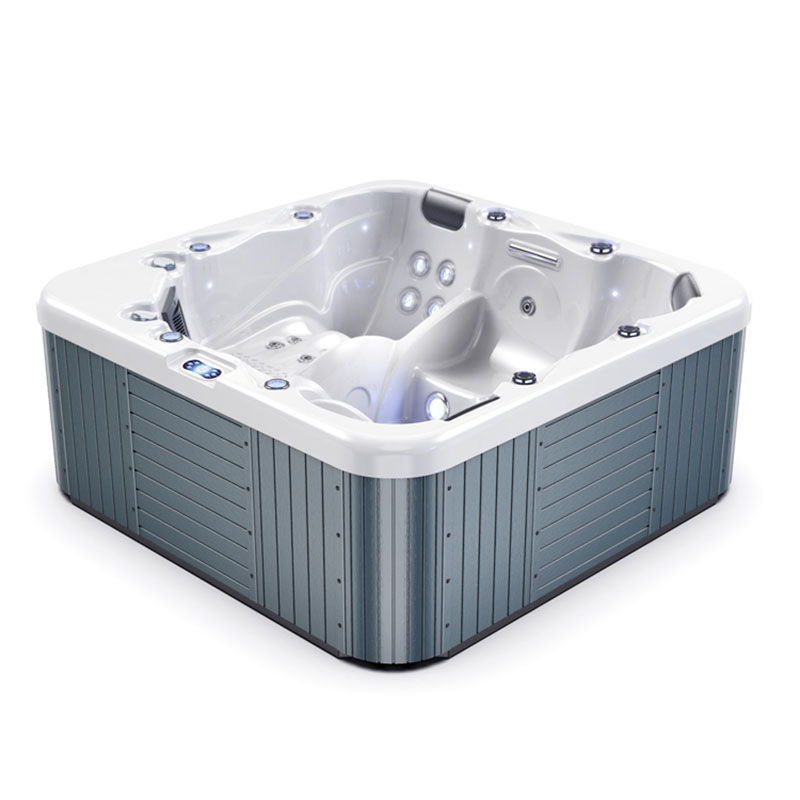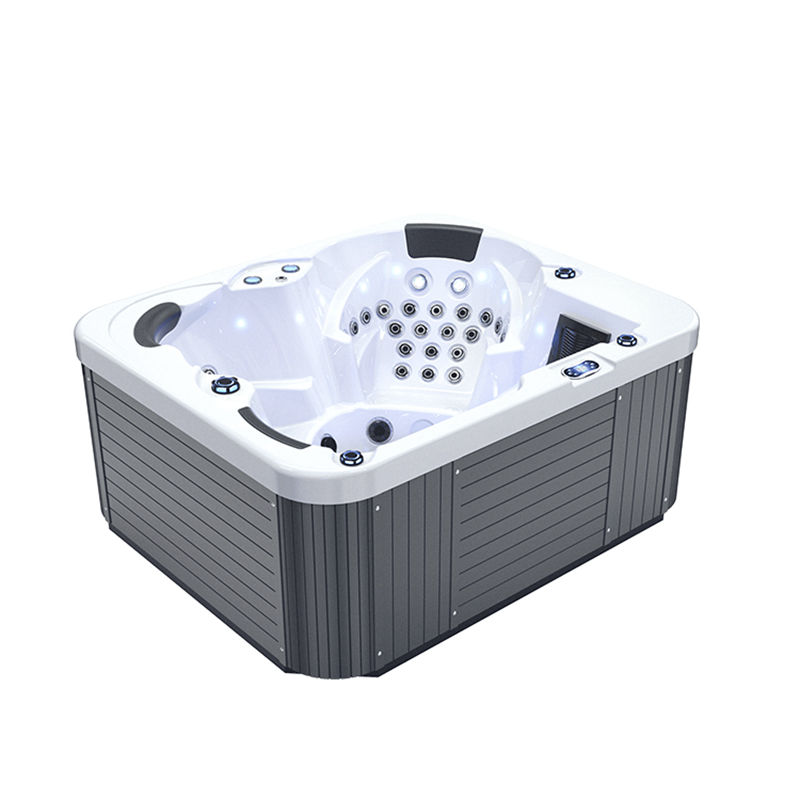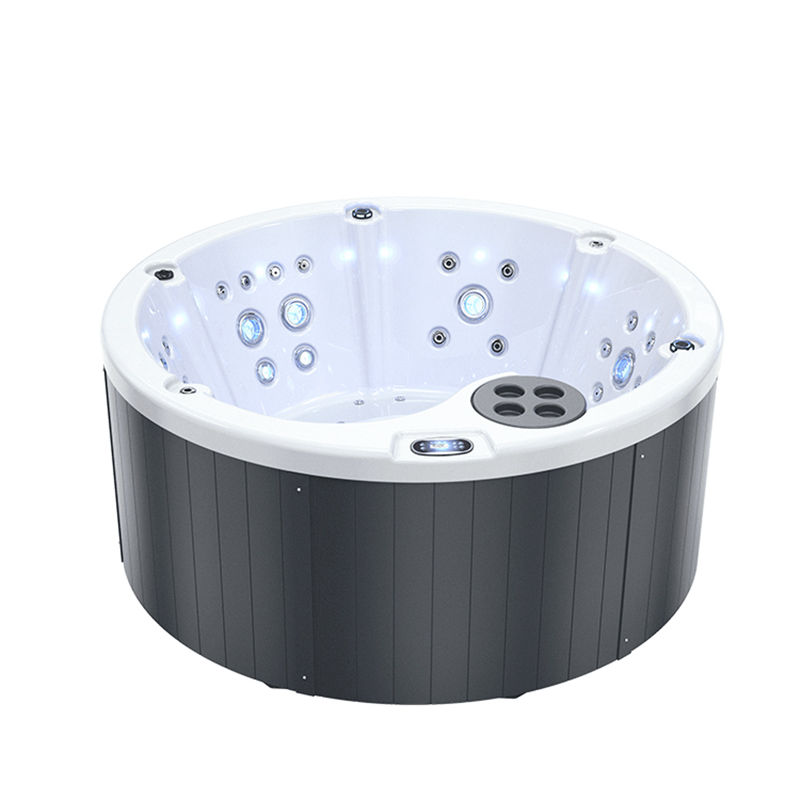As a leisure facility, outdoor hot tub provides people with a comfortable bathing environment. However, the energy consumption of the heating system is a major part of the operating costs of an outdoor hot tub. Therefore, improving the energy efficiency of heating systems is an important way to reduce operating costs and save energy. This article will give you detailed information on how to improve the energy efficiency of your outdoor hot tub heating system.
1. Choose a high-efficiency heater
Choose a high-efficiency heater
Choosing a heater with high thermal efficiency can effectively reduce energy consumption. For example, choose an electric or gas heater with energy-saving features. In addition, solar heaters are an environmentally friendly and energy-saving heating method that can be considered for use in areas with sufficient sunlight.
Choose a heater with appropriate power according to actual needs
Choosing a heater with appropriate power can avoid energy waste caused by too much or too little power. A heater with too much power will raise the water temperature to the set temperature in a short period of time, but then continue to heat, resulting in a waste of energy. A heater with too small a power will cause the heating time to be too long and also cause a waste of energy.
2. Strengthen thermal insulation measures
Add insulation to hot water bathtub
Adding insulation material to the outer surface of a hot water bathtub can reduce heat loss and improve the energy efficiency of the heating system. Insulation materials should be selected with low thermal conductivity and good weather resistance, such as polyurethane foam, rock wool, etc.
Keep hot water bathtub airtight
Make sure the lid of the hot water bathtub is tight to reduce heat loss. Keep the lid closed during non-use periods to reduce heat loss.

3. Set the temperature reasonably
Set water temperature according to actual needs
Don't set the water temperature too high to avoid wasting energy. Under normal circumstances, the water temperature is set at 37-40℃ which is more comfortable. In addition, to avoid continuing to heat when no one is using it, you can set a timer switch to reduce energy consumption.
Adjust heating time according to ambient temperature
In seasons or areas where the ambient temperature is low, the heating time can be appropriately extended to ensure that the water temperature reaches a comfortable level. In seasons or areas with higher ambient temperatures, the heating time can be shortened and natural heat such as solar energy can be fully utilized.
4. Regular maintenance and upkeep
Clean heater and circulation pump
Clean the heater and circulation pump regularly to prevent scale accumulation from affecting the heat transfer effect. Scale will reduce the thermal efficiency of the heater and increase energy consumption.
Check insulation materials and sealing performance
Regularly check the insulation material and sealing performance to ensure that the insulation effect is good. If it is damaged or aged, it should be replaced in time.
There are many ways to improve the energy efficiency of your outdoor hot tub heating system. By choosing high-efficiency heaters, strengthening insulation measures, setting temperatures appropriately, and conducting regular maintenance and upkeep, you can reduce operating costs, save energy, and bring more fun to family leisure and entertainment.




